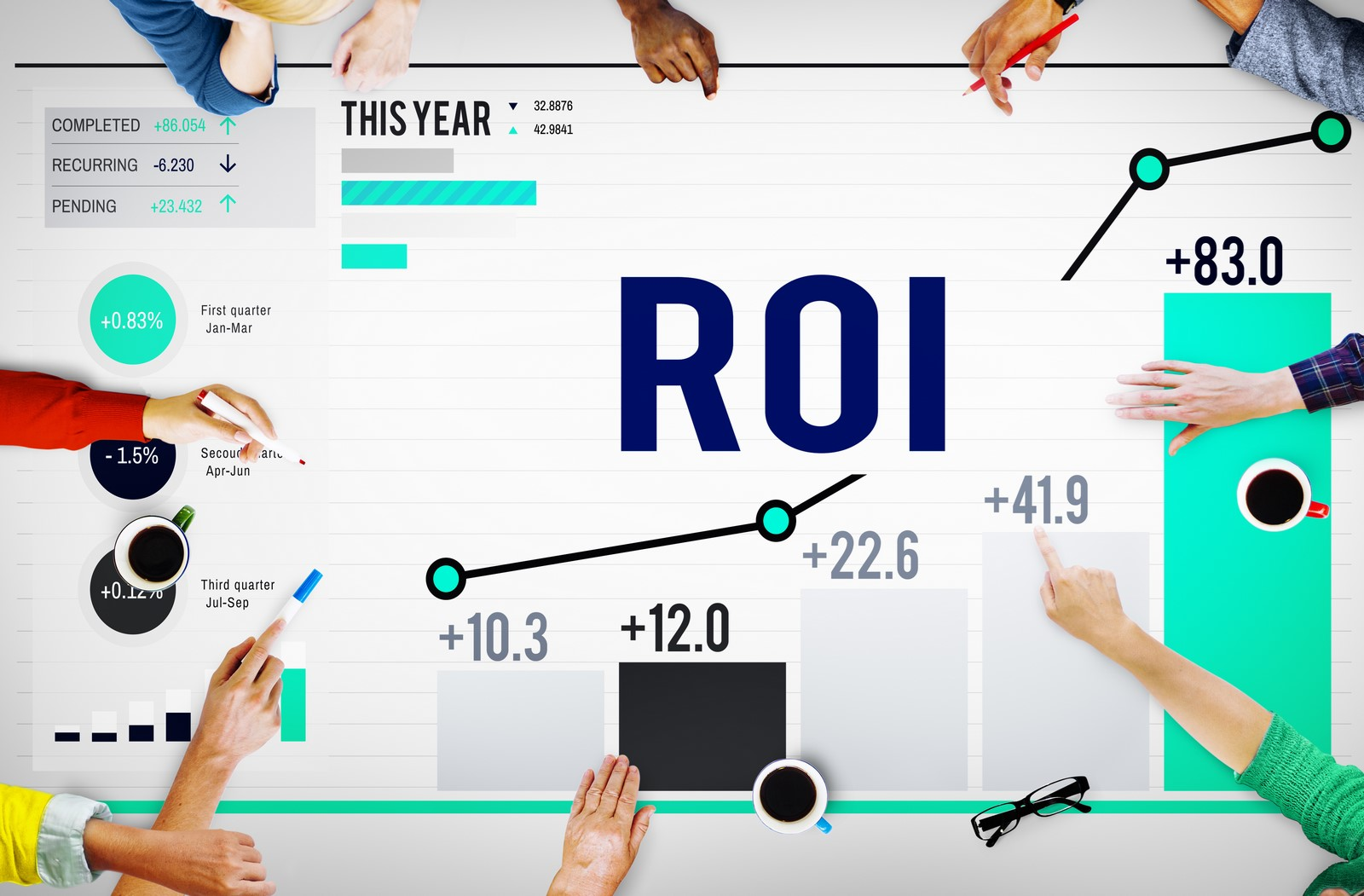In the competitive world of business, staying ahead often comes down to understanding your competition. Conducting a thorough competitive analysis is one of the most effective ways to gain insights into your industry, identify opportunities, and refine your strategies. This process goes beyond just knowing who your competitors are—it involves dissecting their strengths, weaknesses, strategies, and market positioning to uncover actionable insights for your own business.
What is Competitive Analysis?

Competitive analysis is the process of evaluating your industry’s landscape to understand the key players, their market strategies, and how they compare to your business. By analyzing competitors, you can identify trends, uncover gaps, and find opportunities to differentiate your brand.
Benefits of Competitive Analysis
- Market Awareness: Understand how your industry operates and where your business fits.
- Improved Strategy: Use competitor insights to refine your marketing, pricing, and product strategies.
- Customer Insights: Learn what customers value most and how competitors meet those needs.
- Benchmarking: Assess your business performance against the industry standard.
Step-by-Step Guide to Conducting Competitive Analysis
Step 1: Identify Your Competitors
Start by identifying the businesses that pose competition to yours. These can be categorized as:
- Direct Competitors: Companies offering the same products or services to the same target audience.
- Indirect Competitors: Companies offering similar solutions but to different audiences or through different approaches.
- Future Competitors: Emerging businesses that could disrupt the market or compete with your niche.
How to Identify Competitors:
- Search keywords related to your business on Google to see who ranks high.
- Analyze customer reviews to see what other brands customers are mentioning.
- Look at social media discussions and hashtags within your industry.
Step 2: Gather Information on Your Competitors
Once you’ve identified competitors, collect as much relevant information as possible. Here are key areas to focus on:
1. Products and Services
- What do they offer, and how does it compare to your offerings?
- What features or services set them apart?
- How are their products priced?
2. Market Positioning
- How do they differentiate themselves?
- What is their value proposition?
- What customer segment do they focus on?
3. Marketing Strategies
- What platforms do they use for marketing?
- Are they investing in digital ads, content marketing, or social media?
- How do they communicate with their audience?
4. Customer Experience
- How easy is it to navigate their website and make a purchase?
- What feedback do customers leave about their service?
- Are their support channels effective and responsive?
5. Financial Performance
- Do they publicly share revenue figures or growth rates?
- What can you infer from their pricing strategy about their profitability?
Step 3: Analyze Competitors’ Online Presence

Your competitors’ online activities can reveal a lot about their strategies. Use these methods to evaluate their presence:
1. Website Analysis
- Assess their website design, speed, and ease of use.
- Look for features like customer reviews, testimonials, and FAQs.
2. SEO and Keyword Analysis
- Use tools like SEMrush, Ahrefs, or Moz to uncover their top-performing keywords.
- Analyze the structure of their content, including blogs, meta descriptions, and headlines.
3. Social Media Insights
- Study their social media platforms for engagement, followers, and content types.
- Identify their posting frequency and the type of posts that generate the most interactions.
4. Content Marketing
- Look at their blog posts, videos, infographics, or eBooks.
- Evaluate the topics they cover, the depth of information, and their alignment with audience interests.
Step 4: Evaluate Customer Feedback
Understanding how customers perceive your competitors is crucial. Use the following tactics to gather customer insights:
- Online Reviews: Analyze reviews on platforms like Google, Yelp, or Trustpilot to identify strengths and weaknesses mentioned by customers.
- Social Media Comments: Study customer interactions on competitors’ social media posts.
- Forums and Communities: Platforms like Reddit or industry-specific forums can offer unfiltered customer opinions.
Step 5: Perform a SWOT Analysis
A SWOT (Strengths, Weaknesses, Opportunities, Threats) analysis provides a comprehensive snapshot of your competitors. This analysis helps you understand what they do well and where they fall short.
Example of a SWOT Analysis for a Competitor:
| Strengths | Weaknesses |
|---|---|
| Strong brand loyalty | Limited service options |
| Opportunities | Threats |
|---|---|
| Expanding into new regions | New competitors entering the market |
Step 6: Benchmark Against Competitors
Benchmarking is the process of comparing your business performance to your competitors. Common metrics to benchmark include:
- Market Share: Estimate your share of the market relative to competitors.
- Website Traffic: Compare monthly traffic using tools like SimilarWeb.
- Social Media Metrics: Measure followers, engagement rates, and content performance.
- Pricing and Revenue: Analyze how your pricing stacks up and estimate competitors’ revenue based on sales volume.
Step 7: Identify Market Gaps and Opportunities

The ultimate goal of competitive analysis is to find gaps in the market that your business can exploit. Look for:
- Underserved Customer Segments: Target niches that competitors overlook.
- Product Differentiation: Offer unique features or value-added services.
- Pricing Adjustments: Position yourself as a premium or budget-friendly option, depending on market needs.
Step 8: Use Tools to Streamline the Process
Several tools can simplify and enhance your competitive analysis. Here are the most effective ones:
- SEMrush: For SEO, keyword analysis, and competitive ads.
- Ahrefs: Excellent for backlink analysis and discovering content gaps.
- BuzzSumo: Helps analyze competitors’ content and social media trends.
- Google Trends: For identifying industry-specific trends and interests.
- SpyFu: Tracks competitors’ PPC campaigns and keyword rankings.
Step 9: Apply Insights to Your Business Strategy
Now that you’ve gathered and analyzed data, it’s time to act. Use these insights to:
- Refine your marketing campaigns.
- Adjust your pricing strategy to remain competitive.
- Improve your products and customer service.
Common Mistakes to Avoid in Competitive Analysis
- Overlooking Indirect Competitors: These businesses can still capture a significant share of your market.
- Failing to Act on Insights: Analysis is meaningless if you don’t use the findings to improve your strategies.
- Focusing Solely on Weaknesses: While identifying competitors’ weaknesses is important, understanding their strengths is equally critical.
FAQs on Competitive Analysis
Q: How often should I conduct a competitive analysis?
A: Conduct a full analysis annually, but review key metrics quarterly to stay up-to-date with market changes.
Q: Can small businesses benefit from competitive analysis?
A: Yes, competitive analysis can help small businesses identify niches, optimize their strategies, and compete effectively against larger brands.
Q: How do I find competitors’ SEO keywords?
A: Use tools like SEMrush, Ahrefs, or Ubersuggest to uncover competitors’ keyword strategies and rankings.
Q: Should I copy my competitors’ strategies?
A: No. Use their strategies as inspiration, but always aim to differentiate your brand.




